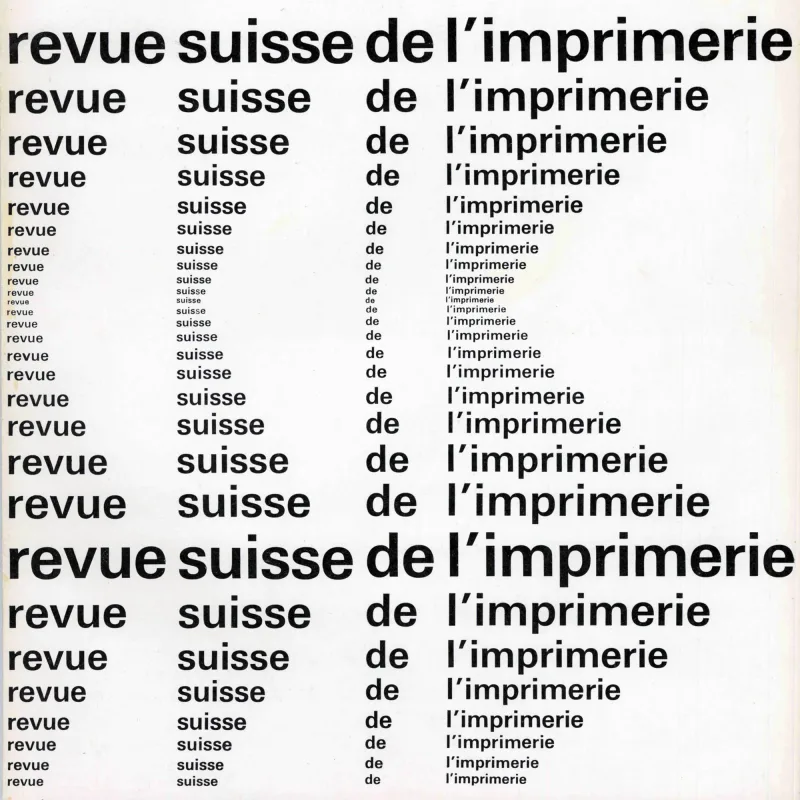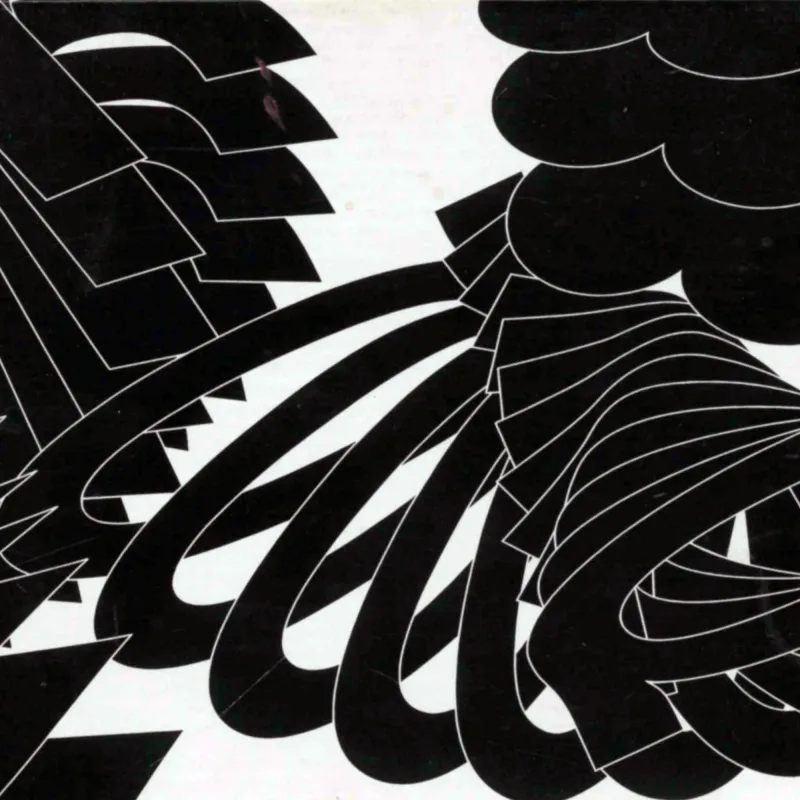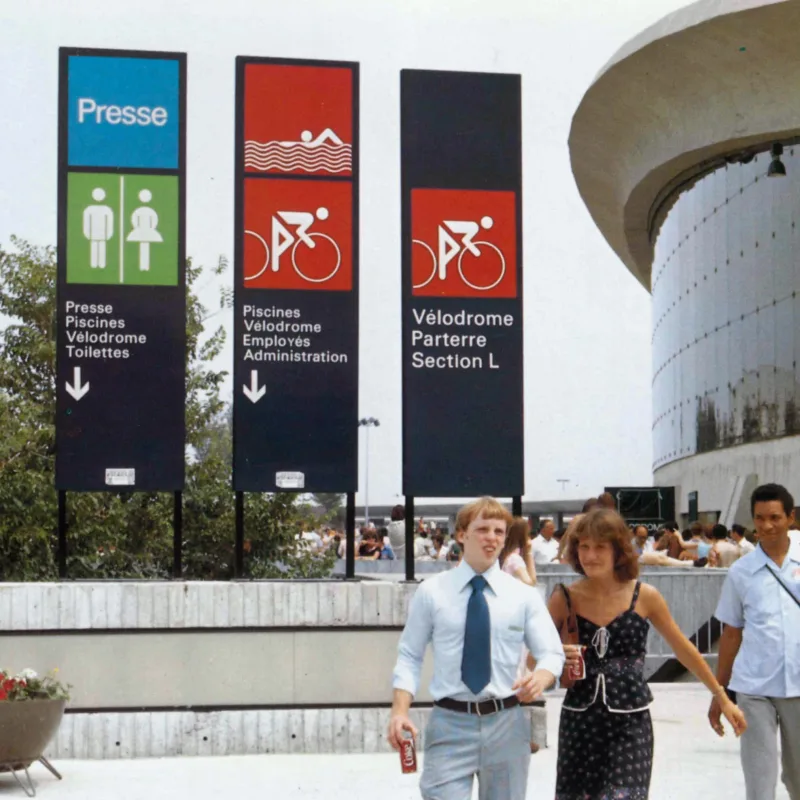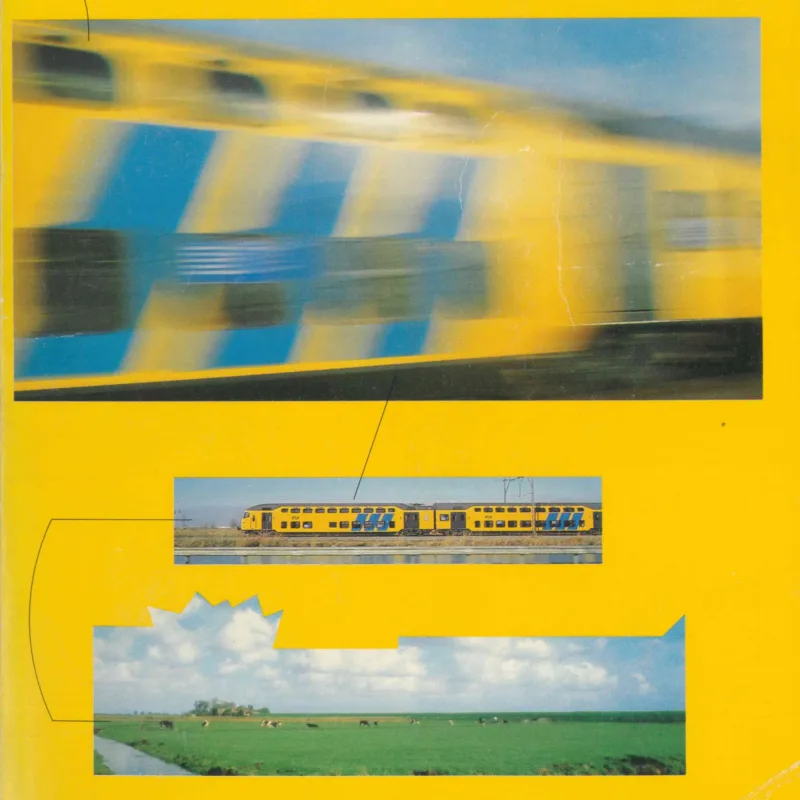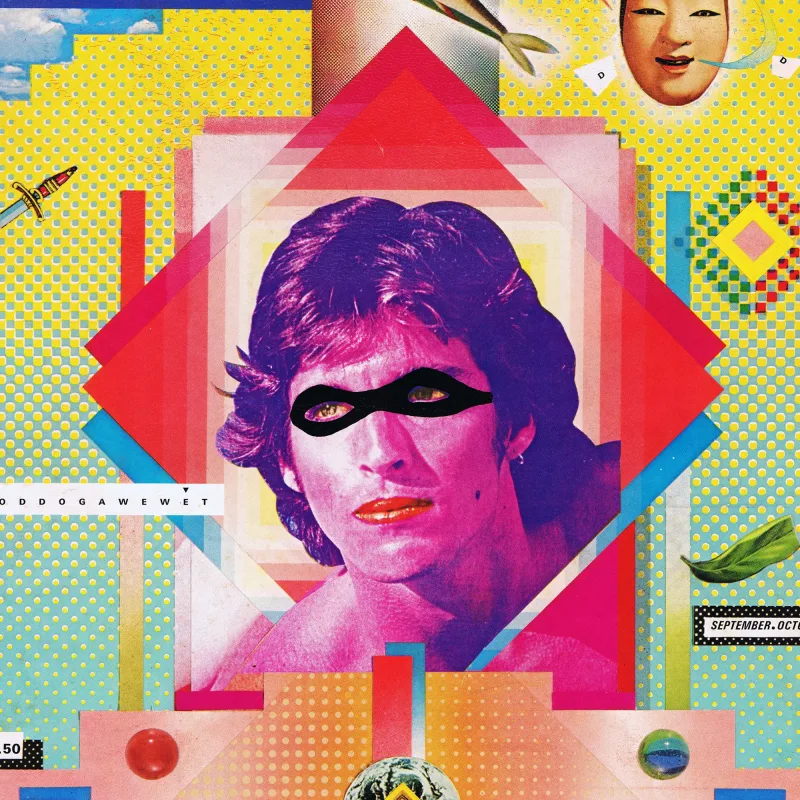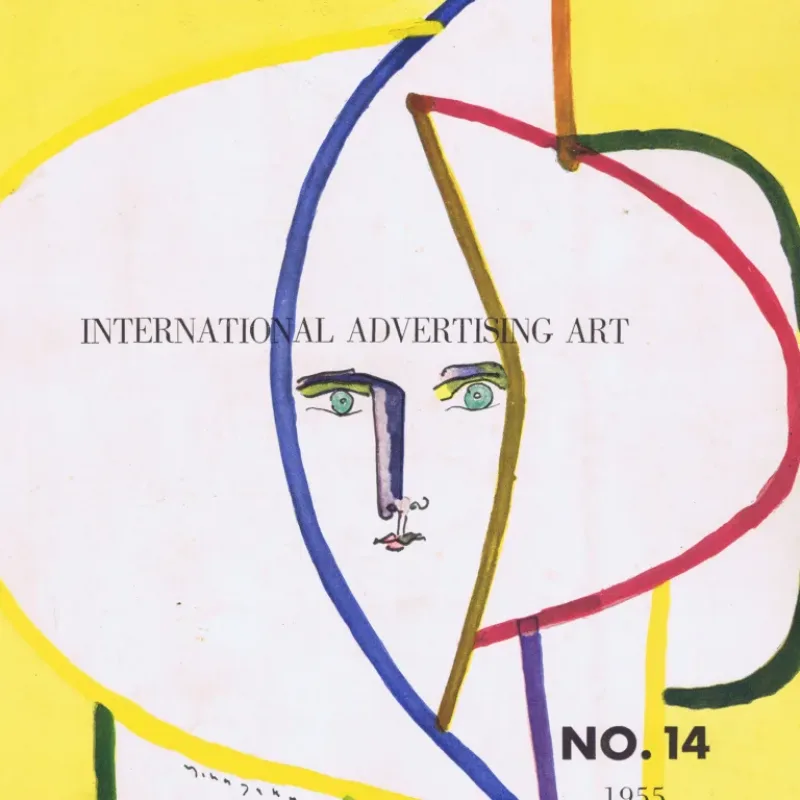Press release by Volume, a publishing platform for creators and lovers of books on visual culture.
Mid-century modern furniture has long been admired by design aficionados and has spawned a million mediocre reproductions, but what of the often overlooked graphic design of the era? In the ambitious new monograph Rational Simplicity: Rudolph de Harak, Graphic Designer, Volume shines a light on the complete arc of the exceptionally rich and varied career of Rudolph de Harak, showcasing his vibrant, graphic, formally brilliant work, which blazed a colourful trail through the middle decades of the twentieth century.

Born in Culver City, California, in 1924, de Harak lived and worked the majority of his career in New York City before his death in 2002. Influenced by masters of Modernism, in both art and architecture, in a prolific career that spanned five decades, and included seminal designs for record sleeves, magazine covers, exhibitions, building facades, posters, furniture, corporate identities, pictograms, and even the famous paper shopping bags for the Metropolitan Museum of Art. His book covers for the McGraw-Hill publishing company in the 1960s easily rival the famous Penguin covers of that era.
“This extraordinary volume, long overdue, reveals the mind of a true master” .
– Jessica Helfand, founder of Design Observer
While informed by a highly systematic approach, de Harak’s brand of Modernism brims with colour and invention, wit and warmth. “I tried to evolve forms that in feeling covered the entire emotional spectrum, and also were impeccable in their sense of order,” he said. “This to me was Modernism, and toward that end I wanted to create constellations so rich that they in themselves would communicate content.”

This large-format publication features over 400 pages, and is printed in six colours on two paper stocks. Volume will also offer a cloth-covered, limited-run collector’s edition, with a slipcase featuring a motif from the album cover for Ivor Novello’s Music Hall Songs (1960). For true superfans of de Harak’s work, 100 of the 250 collector’s edition copies also come with a set of four unique 12 x 12 inch seriagraphs, each numbered on archival paper and reproduced only for this publication.
For more information on Rational Simplicity or Volume contact press@vol.co









